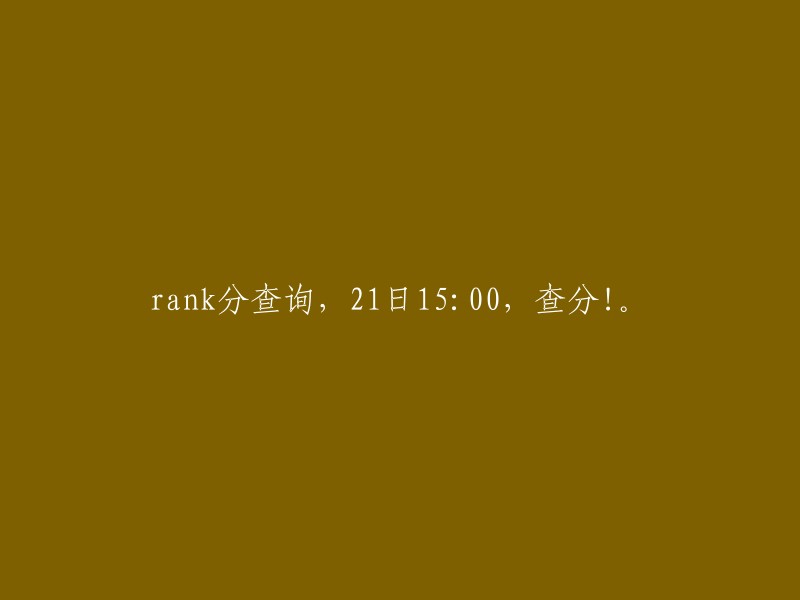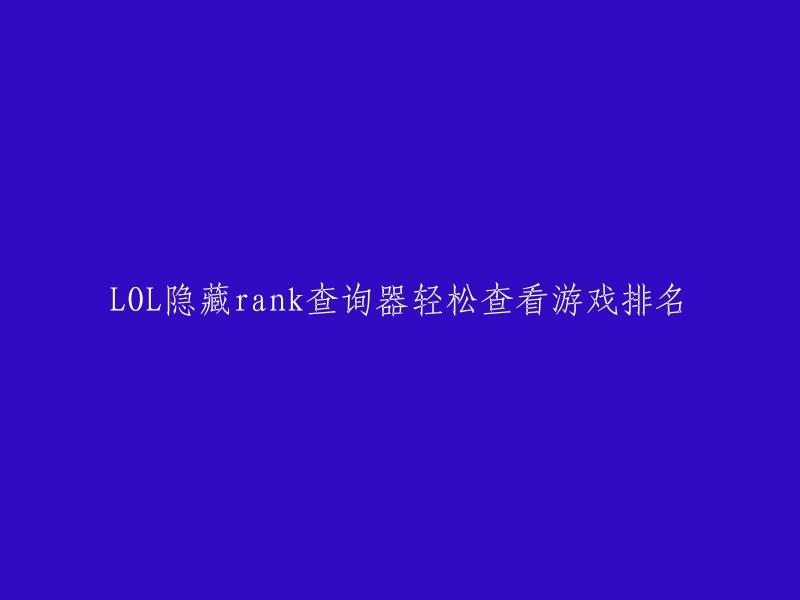This thesis reports on the C-E translation of The Art of Flying Apsaras: From India to China (Excerpts), a work authored by Zhao Shengliang, a distinguished scholar in Dunhuang Studies. While the entire book chronicles the evolution of flying apsaras art in Dunhuang culture, the excerpts focus on the flying apsaras depicted in the grottoes located in Gansu, Longmen, and Yungang, among others.
The source text contains numerous cultural references related to religion, literature, history, and fine arts, which present significant challenges for the translator. The complexity of these terms requires precise handling in order to convey their original meanings accurately. In addition, the intricate nuances of Dunhuang culture must be effectively conveyed to ensure that the translated text retains its intended significance and depth.
Despite these challenges, this report presents an exemplary translation of the excerpts from The Art of Flying Apsaras: From India to China (Excerpts), which showcase Zhao Shengliang's skill as a translator and his deep understanding of both Chinese and Western cultures. This translation serves as a valuable resource for scholars interested in Dunhuang Studies and flying apsaras art.
According to the English-Spanish texts, Spanish scholar Aixelá introduced the concept of "culture-specific items (CSIs)", which can be categorized into two types: proper nouns and common expressions. He outlined two primary modes of translation for CSIs: preservation and substitution, comprising eleven specific translation methodologies such as repetition, intratextual gloss, synonymy, naturalization, etc. Additionally, he delved into the various factors that influence the translator's decisions, including supratextual parameters, textual parameters, the nature of "culture-specific items" and intertextual parameters.
ixelá's strategies for "culture-specific items" play a vital role in guiding the rendering of CSIs in The Art of Flying Apsaras: From India to China. In this excerpt, Aixelá's theory is explored in more detail, including its key concepts and practical application. The translator also discusses how Aixelá's theory informs their translation approach, highlighting the importance of adopting various translation methods to effectively solve translation difficulties.
To complement Aixelá's theory, the translator adopts two additional methods in translation, namely using the third language (Sanskrit) and the third language with annotations. These methods are seen as effective ways to overcome the challenges posed by cultural specific items and ensure that the translated text accurately conveys the intended meaning.
Overall, Aixelá's theory has broad applicability to the translation of texts with rich cultural specific items. It highlights the need for translators to be mindful of these items when rendering content in foreign languages, and provides useful guidance on how to do so effectively. By incorporating Aixelá's strategies into their translation practice, translators can produce high-quality translations that accurately capture the intended meaning while preserving the richness and depth of the original text.






